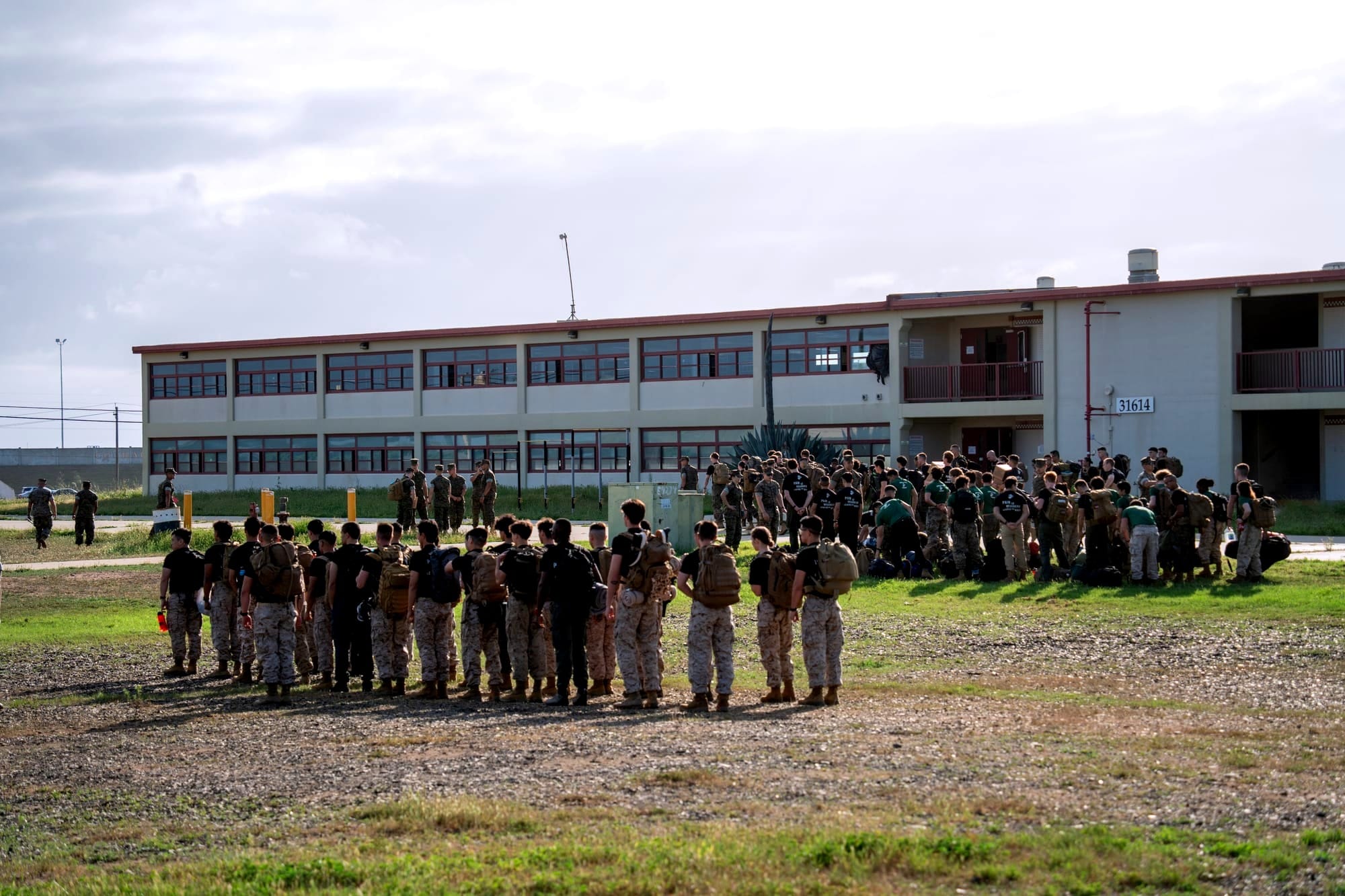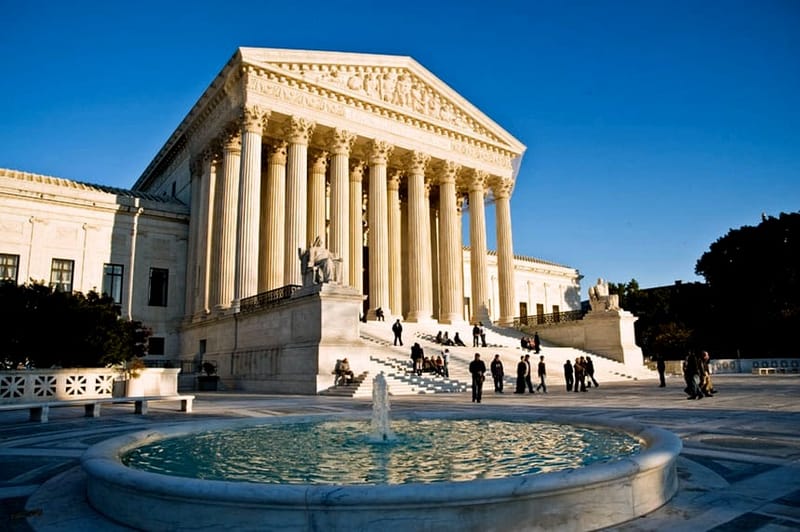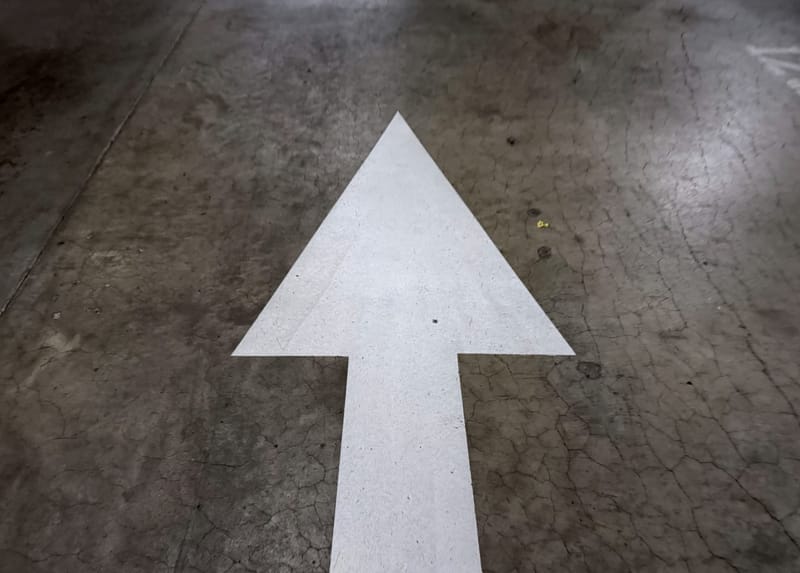Trump sent Marines into Los Angeles without state approval—These are the closest historical precedents
The U.S. government has sent 700 active-duty Marines into Los Angeles in response to immigration protests. Here's how this moment fits into the long and often controversial history of military deployments on American soil.
Roughly 700 active-duty Marines were deployed into Los Angeles on Monday, June 9th, 2025, under orders from President Trump, following days of unrest triggered by federal immigration raids.
This follows an earlier deployment of 2,000 National Guard members, announced late Saturday. The Guard began arriving on Sunday morning, hours after Trump prematurely praised their role in “restoring order.” Unlike the National Guard—typically deployed with a governor’s consent to support local authorities—the Marines deployed this morning were federal combat troops, dispatched without California’s request or coordination.
The decision was made under the authority of the Insurrection Act, a centuries-old law that allows the president to deploy military forces domestically without the consent of state officials. It marks the first time active-duty U.S. combat troops have patrolled Los Angeles since the Rodney King riots in 1992—and the first time in modern memory that such a deployment has occurred without a governor’s request.
The move has already drawn sharp criticism from California leaders including Governor Newsom, as well as civil rights groups—and raised urgent legal and constitutional questions.
U.S. Marines have served honorably across multiple wars in defense of democracy. They are heroes.
— Gavin Newsom (@GavinNewsom) June 9, 2025
They shouldn't be deployed on American soil facing their own countrymen to fulfill the deranged fantasy of a dictatorial President.
This is un-American. pic.twitter.com/v5Va7hbgBb
To understand just how rare and consequential this moment is, it’s necessary to look back at the few other times in U.S. history when the federal government has used the military this way—and how those moments compare.
Past U.S. military deployments on domestic soil
According to AmericanProgress.org, these are the most relevant historical precedents for the 2025 Los Angeles deployment:
- 2025 – Los Angeles (ICE protests): Active-duty Marines deployed without state approval.
- 2020 – Nationwide (George Floyd protests): National Guard deployed; no federal troops used.
- 1992 – Los Angeles (Rodney King riots): Marines and federal troops deployed with California’s request.
- 1970 – Kent State University: Ohio National Guard killed four student protesters; not a federal deployment.
- 1957 – Little Rock, Arkansas: Eisenhower sent federal troops to enforce school desegregation.
- 1878 – Posse Comitatus Act: Restricted federal troops from domestic law enforcement roles.
- 1807–present – Insurrection Act: Invoked ~30 times; legal basis for most federal troop deployments.
- 1770 – Boston Massacre (colonial): British troop violence that shaped U.S. laws limiting military power.
A Closer Look at Historical U.S. Troop Deployments
2020 – George Floyd protests
Widespread demonstrations led to National Guard deployments across multiple states, but active-duty troops were never used. Trump threatened to invoke the Insurrection Act but did not follow through.
1992 – Rodney King riots (Los Angeles)
After days of violent unrest, California’s governor formally requested federal assistance. President George H.W. Bush authorized the deployment of Marines and Army troops under the Insurrection Act. The operation was conducted in coordination with state and local officials.
1970 – Kent State shootings
Ohio National Guard troops opened fire on student demonstrators protesting the Vietnam War, killing four. Although the Guard was acting under state command—not federal—this remains one of the most infamous instances of U.S. military force used against civilians.
1957 – Little Rock, Arkansas
President Eisenhower deployed the 101st Airborne Division to enforce the desegregation of Central High School. This marked one of the few times federal troops were used against the will of a state government, though the mission was to uphold a Supreme Court ruling.
1878 – Posse Comitatus Act
Passed after Reconstruction, this law prohibits the use of the U.S. military in civilian law enforcement except where specifically authorized—most notably by the Insurrection Act.
1807–present – The Insurrection Act
Used sparingly throughout U.S. history, typically in response to insurrection, riots, or state-level resistance to federal law. Invocations have nearly always involved coordination with state leaders.
1770 – Boston Massacre
British troops fired on colonists during a protest against taxation. Though predating the Constitution, this event helped shape American legal traditions aimed at restricting military force in civilian life, including the Third Amendment.
Why the use of Marines is especially significant
Unlike National Guard troops, who often serve in support roles under state control, Marines are federal combat troops trained for warfare. Their domestic use is extremely rare and carries higher operational and legal risks.
In 1992, during the last Marine deployment in Los Angeles, a miscommunication between local police and a Marine unit resulted in over 200 rounds being fired into a civilian home. No one was killed, but the incident remains a cautionary example of what can happen when combat troops are placed in civilian settings.
Legal context: The Insurrection Act and federal power
The Insurrection Act gives the president broad discretion to deploy the military in response to domestic unrest, even over the objections of state officials. Once invoked, it overrides the Posse Comitatus Act, which otherwise bars federal troops from acting as law enforcement.
Legal scholars have long warned that the law’s language is vague and susceptible to abuse. The Supreme Court has rarely reviewed its application, and in 2024’s Trump v. United States, the Court ruled that presidents are immune from criminal prosecution for “official acts”—a decision that may shield questionable uses of the Insurrection Act from legal challenge.
Trump’s prior statements on using troops domestically
Trump has publicly floated the idea of using the U.S. military to enforce order within American cities for years.
In 2022, he said:
“The next President should use every power at his disposal to restore order—and, if necessary, that includes sending in the National Guard or the troops.”
In 2023, he added:
“The next time, I’m not waiting. … We don’t have to wait any longer.”
And in 2024, ahead of the election:
“"I think the bigger problem are the people from within," Trump told Fox News anchor Maria Bartiromo. "We have some very bad people. We have some sick people, radical left lunatics."
Those comments were widely interpreted as threats to use military force against political protests. The June 9 deployment of Marines marks the first time that rhetoric has been carried out through formal military action.
What sets the 2025 deployment apart
- No request from California
- Active-duty Marines, not state-controlled Guard units
- Triggered by protests over immigration enforcement, not insurrection or natural disaster
- Legally authorized, but under a statute with little modern precedent and virtually no oversight
- Directly fulfills campaign-era rhetoric about using the military against domestic unrest
What happens next
Federal officials have not said how long the Marines will remain in Los Angeles. Civil rights groups have demanded oversight, and some members of Congress have called for hearings into the deployment.
No matter its duration, the decision to send active-duty Marines into one of the largest cities in the United States without the consent of the state represents a major escalation in the use of presidential power—and a test case for the future of domestic military authority in the U.S.







